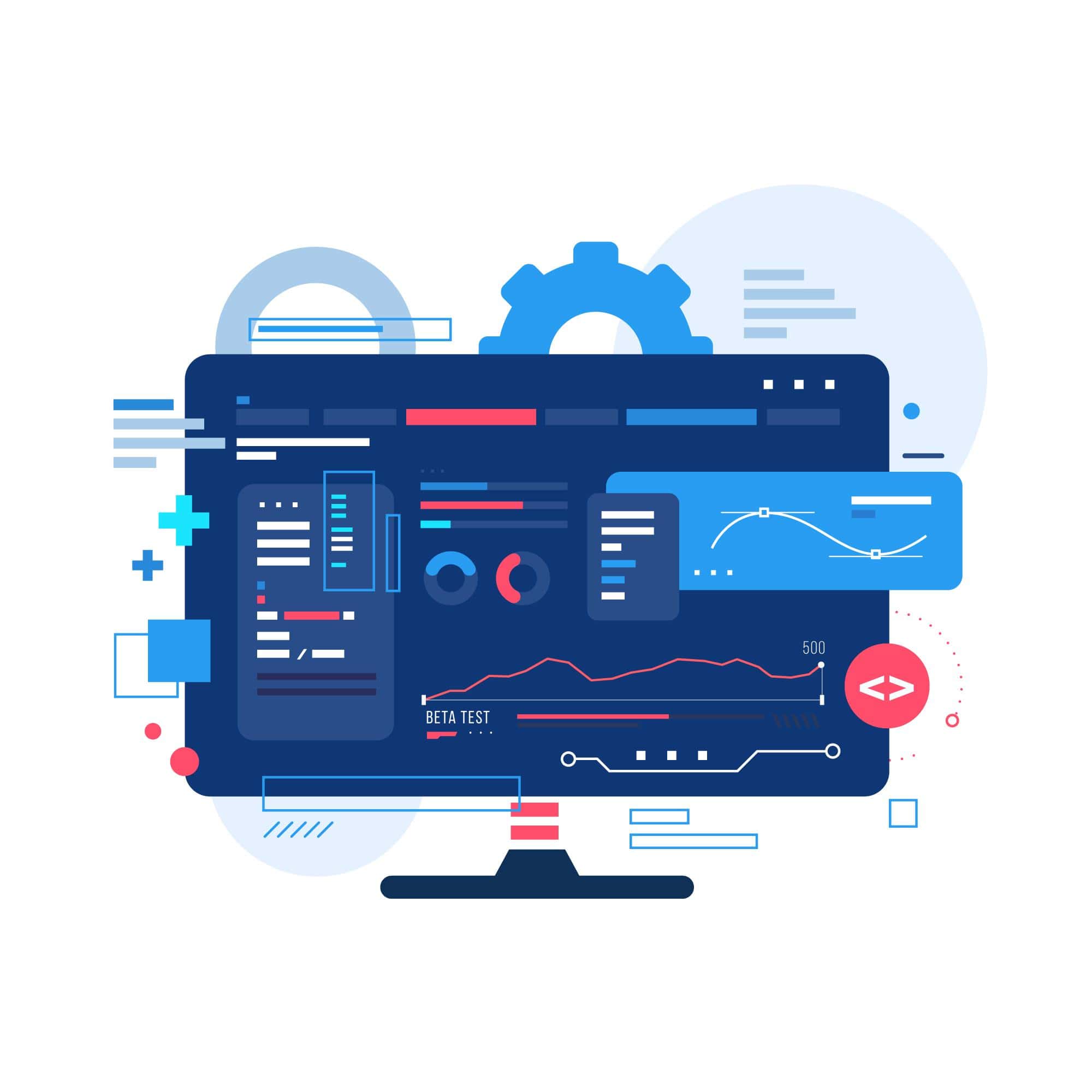
Microscopes Explained: The Future of Evolutionary Biology
In the ever-changing world of web development, the need for scalable applications, maintainability, and flexibility has led to innovations such as front-end engines. Just as microservices are changing front-end development, front-end engines are changing the way developers approach front-end development. As companies strive to create integrated and scalable applications, the future of front-end development is moving towards a micro-front-end architecture.
What is a Microfrontend?
In this blog, we will explore what micro-frontends are, how they work, their benefits, and why this architecture makes front-end development possible. We'll also look at practical examples of previous React implementations and discuss how businesses can benefit from taking this approach.
The term microfrontend refers to an architectural approach in which a web application is divided into smaller, compact, and independent components. Each of these microfronts can be developed, implemented, and maintained independently by separate teams, similar to how microservices work in backend development.
This approach aims to address the challenges we face when building large-scale applications. With a micro-front-end architecture, teams can work in parallel using different technologies and frameworks without being tied to a unified code base. This makes development changes much easier and faster, because each team can update its own microfrontend without affecting the entire application.
Main Components of Microfront Architecture
In a micro-frontend architecture, the front-end is divided into a number of micro-projects, each of which is responsible for a specific part of the overall user interface. These widgets communicate with each other to create a smooth user experience. Here are the main ingredients:
- Autonomy: Each microfrontend is independent and works independently from others. Teams can choose frameworks, libraries, or technologies for each microfrontend based on their needs.
- Independent Implementation: Since each microfrontend is a separate entity, it can be developed, tested, and implemented independently. This reduces the risk of conflict and speeds up the delivery process.
- Version Control: Teams working on different microfronts can maintain separate versions, enabling additional integration and reducing risk in the implementation process.
- Seamless Integration: Although widgets are independent, they should be integrated into the end user experience. Tools like single-spacing, Module Federation in Webpack, and iframes are used to integrate micro-interfaces.
Advantages of Micro Frontend
A micro-frontend architecture has many advantages for large web applications, especially those developed by teams at different locations. This is why the future of frontend development is moving in this direction:
- Scalability: As your web application grows, the scalability of the front end increases. Microfronts allow organizations to develop specific parts of the interface without disrupting the entire system.
- Reduce Dependency: Teams can work independently, reducing interactions and conflicts. This means teams can focus on specific microfronts without worrying about breaking other parts of the application.
- Better Maintainability: Each microfrontend can be maintained independently, so teams can focus on updating, debugging, and improving their microfronts without having to manage the entire application codebase.
- Technology Freedom: With each microfrontend working independently, teams can choose different technologies and frameworks for their microfronts. It enables micro-frontend React components to integrate with Angular or Vue.js applications.
- Faster Development Cycles: With separate teams working on different parts of the application, development cycles are shortened. Microfrontend updates do not require updating the entire application, allowing for faster iteration and continuous deployment.
Micro Frontend in React
One of the most popular frameworks for implementing microfronts is React. Because of its component-based architecture and widespread use, React's microfrontend solutions have become increasingly popular in large-scale applications. By dividing a single React-based app into smaller micro-apps, each with its own React instance, companies can simplify and manage their code base.
A common way to implement a React microfrontend is to use the Webpack Module Federation. This enables code sharing between different microfronts, allowing developers to create a cohesive and seamless user experience while enjoying the independence that microfronts provide.
How to Integrate Micro Frontend React with Module Federation
- Create Standalone Apps: Divide your React app into independent micro-apps, each with its own codebase, dependencies, and deployment pipeline.
- Use Module Federation: Configure Webpack's Module Federation to share dependencies between microfronts. This minimizes duplication and ensures that each microfrontend can function independently while sharing libraries.
- Seamless Integration: Use a shell or container app to manage routing and rendering across different microfronts. This container app will serve as an entry point for users and load various microfronts as needed.
Challenges of Micro Frontends
Although the micro-frontend architecture offers many benefits, it also presents some challenges:
- Complexity: Splitting an application into multiple microfronts can introduce complexity in terms of managing multiple repositories, deployment pipelines, and communication between micro-applications.
- Increased Costs: Although microfronts allow for independent deployments, they also require the creation of independent infrastructure and pipelines, which can increase costs for small teams.
- Performance Issues: Having multiple microfronts can cause performance degradation if not managed properly. Optimizing loading strategies and ensuring that microfronts load properly is important to avoid a negative impact on user experience.
Conclusion: The Future of Frontend Development
As web applications continue to grow in size and complexity, the need for scalable, flexible, and maintainable solutions becomes increasingly important. The future of frontend development will rely heavily on a micro-frontend architecture, allowing developers to work independently while maintaining a consistent and unified user experience. Whether you're working with React microfrontends or other frameworks, the microfrontend approach can help scale your app, improve retention, and speed up your development cycles.
.png)

